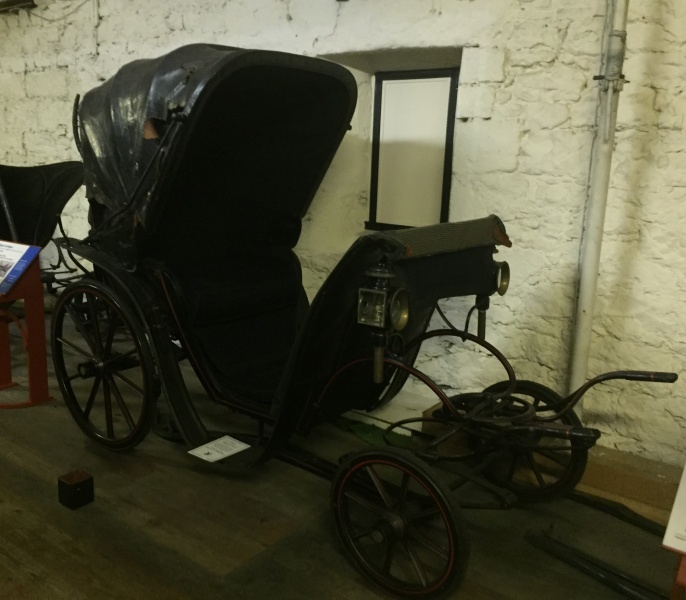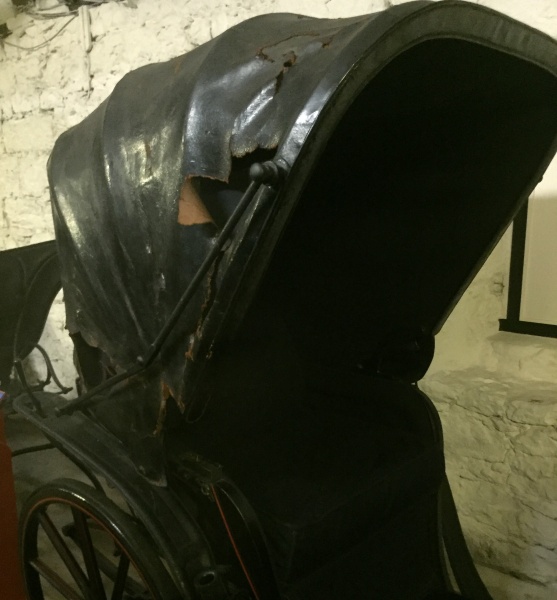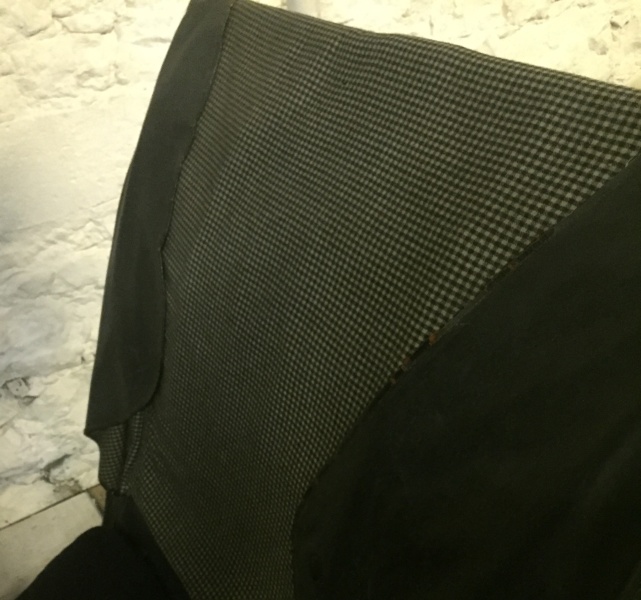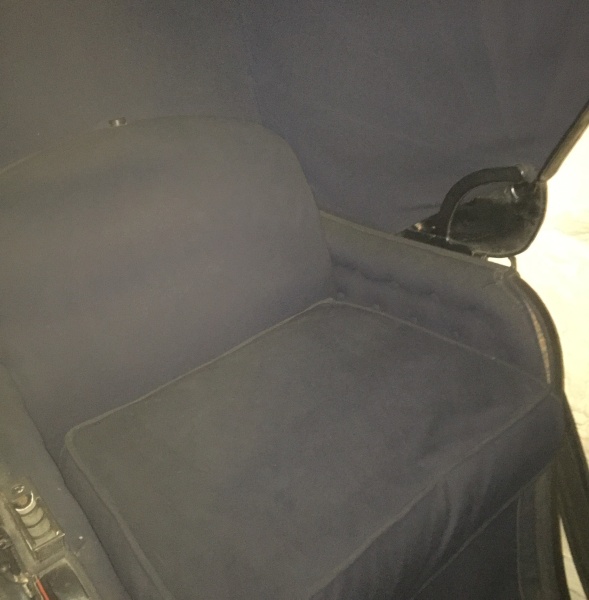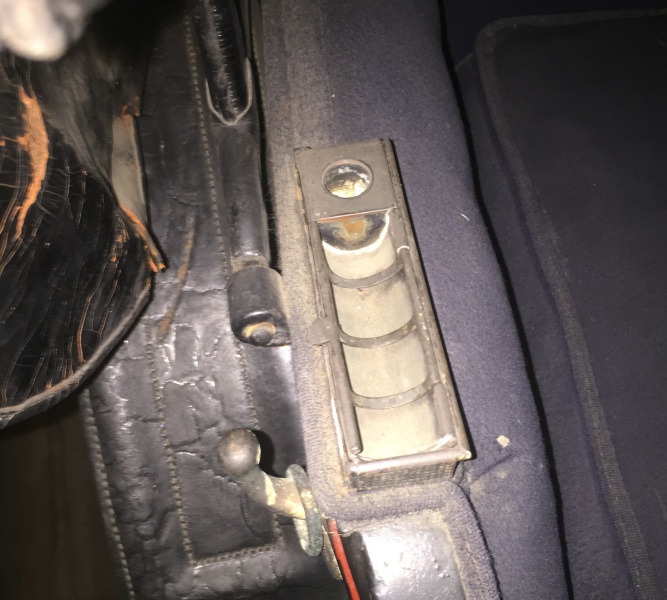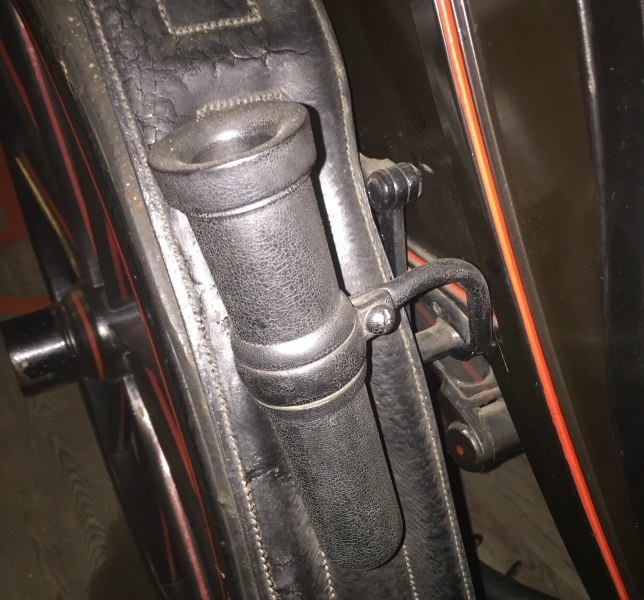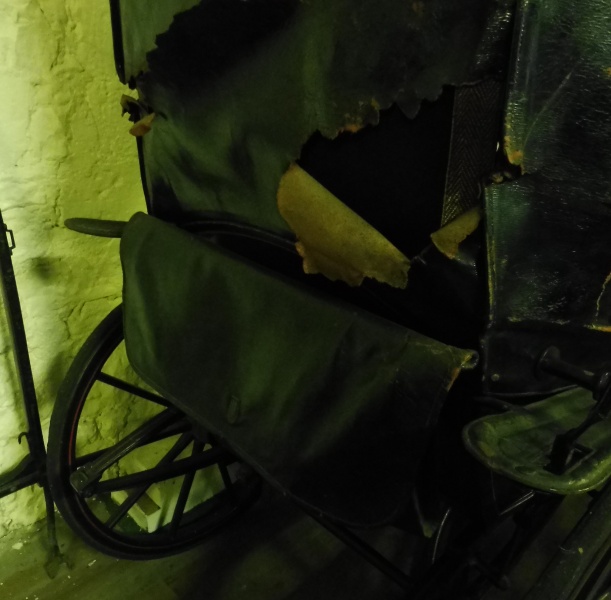Use the dots above to scroll through images.
Listed in 1 collection
Listed at 1 museum
Listed for 1 maker
Quick Details
Carriage Type
Pony Phaeton
Date of Production
1860
Materials used
Paint, Wood, Iron, Leather, Wool Box Cloth, Brass, RubberSummary of Pony Phaeton
This Pony Phaeton was built for Queen Victoria, she used it in the later years of her life in the gardens of Osbourne House on the Isle of Wight, drawn by a white donkey called Zora. The donkey died in 1899 and there is a bronze plaque displayed in the Tywhitt-Drake Museum dedicated to her. The carriage has a well documented provenance having been purchased on the 29th September1860 for the cost of £58.16.
Pony Phaetons were driven by ladies around parks and estates. They are lightweight elegant little carriages for use in fine weather. Some would be fitted with a hood in case of a chilly breeze or strong sunlight. The Phaetons that were used by Queen Victoria had very large dash boards as she specifically stated that she did not wish to see the pony’s bottom.
There are a number of carriages in the Tyrwhitt-Drake Carriage Museum that belong to the Royal Collection. Three are Pony Phaetons that were used by Queen Victoria.
Full description
This Pony Phaeton has a well documented provenance and has one or two features that differ from the other two Phaetons in the Tywhitt-Drake collection that were used by Queen Victoria.
Later in life Queen Victoria required carriages that were very easy to access. The step to access this Phaeton is only a few inches from the ground and the foot board just a few inches above the step, minimal effort required. This carriage echoes the design of a Victoria with its leather splash guards above the front and back wheels that come right down to meet at the step. It has a leather hood on iron hinged arms. The leather is in poor condition with tears across its entirety but the blue wool cloth lining is in good condition.
The seat is upholstered in a plain blue wool box cloth, buttoned at the sides, the seat drop is in the same material. On the top edge of the body on the offside is an astray, a curious feature. Little iron knobs are also on the top edge of the sides for the attachment of an apron. The apron survives and is made in leather and backed with a cotton checked material. On the offside of the body of the Phaeton, sitting above the splash guard, is a rather awkwardly placed leather whip holder attached to the carriage via an iron bracket. Fitted to the back of the Phaeton is a black leather bag for storage that spans the width of the body.
The leather dashboard, as with many of those on Queen Victoria’s carriages, is large so that she could not see the pony’s bottom. This carriage has a rather upright one, almost vertical. Unusually for a Phaeton used during daylight hours, this carriage has a pair of lamps and the upright dash board allows space above the fore carriage for them to be fitted to the dumb irons. The lamps are oval fronted with single chimneys.
The wheels have 8 spokes at the front and 10 at the back. They are English pattern with rubber tyres on collinge patent axles. The axles are straight. Sprung on elliptic springs. A hand operated brake is fitted to the rear wheels which is controlled by an attendant on foot. Its lever passes through the splashguards above the rear wheel.
This carriage now appears black with red lining but it may have originally been dark burgundy and has discoloured over the years.
Condition report
With the exception of the leather head this Pony Phaeton is in fairly good order. All of the components are original and it retains its leather apron. The head is torn badly in places and needs consolidating.
Access information
This Pony Phaeton is in the care of the Tyrwhitt-Drake Carriage Museum
Maidstone Museum and Art Gallery
St Faith's Street,
Maidstone
ME14 1LH
Picture credit
Maidstone Museum and Bentliff Art Gallery / Amy Bracey / Robert Lovell

 Carriage Foundation
Carriage Foundation